
Visitors
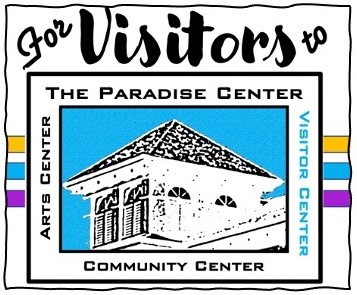
The Paradise Center Hours of Operation
We are closed for the Winter Season
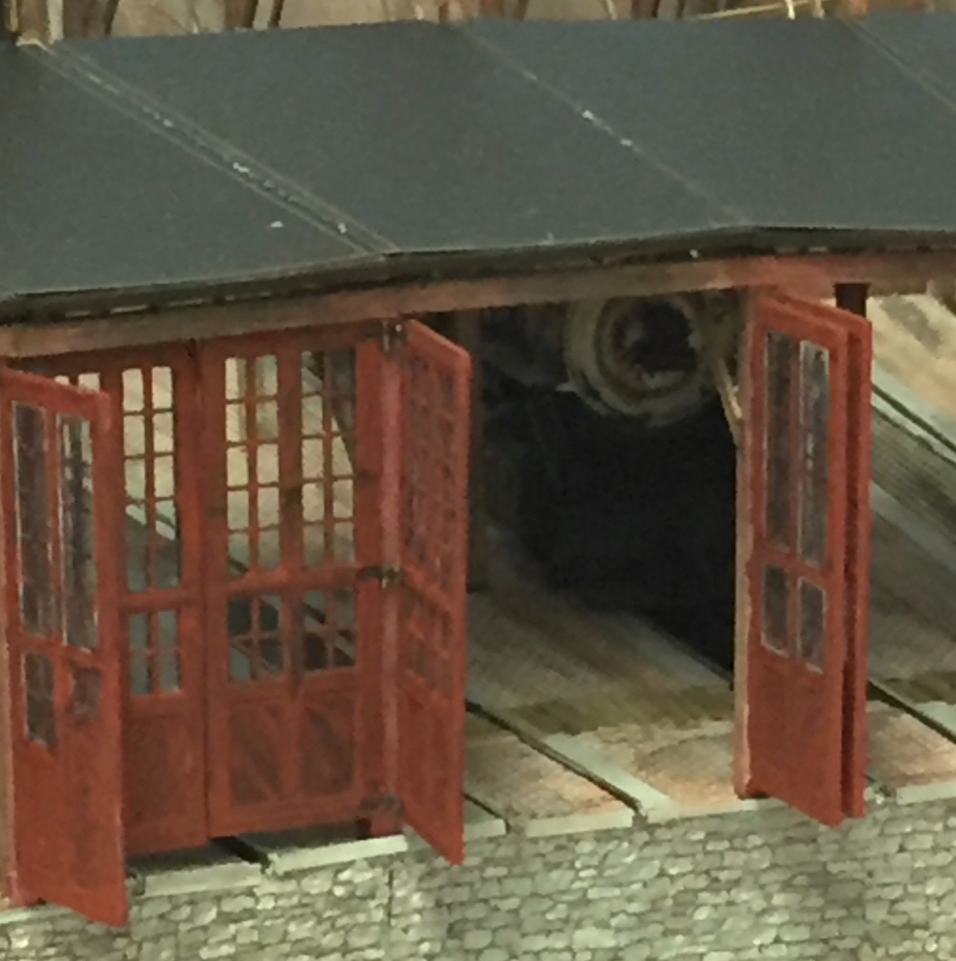
Historic Railroad
Exhibit
Paradise was once a bustling railroad town with a 20-engine roundhouse for steam engines and a railroad tie treatment plant. It was a Division Point for the Northern Pacific Railway and served as the main economic base for the area. The railroad exhibit has two HO guage components with working model trains: (a) The town of Paradise in the 1930s, including houses, businesses, 20-engine roundhouse, and more; (b) The railroad treatment plant in the 1970s, including custom-made buildings for treating ties, and more.
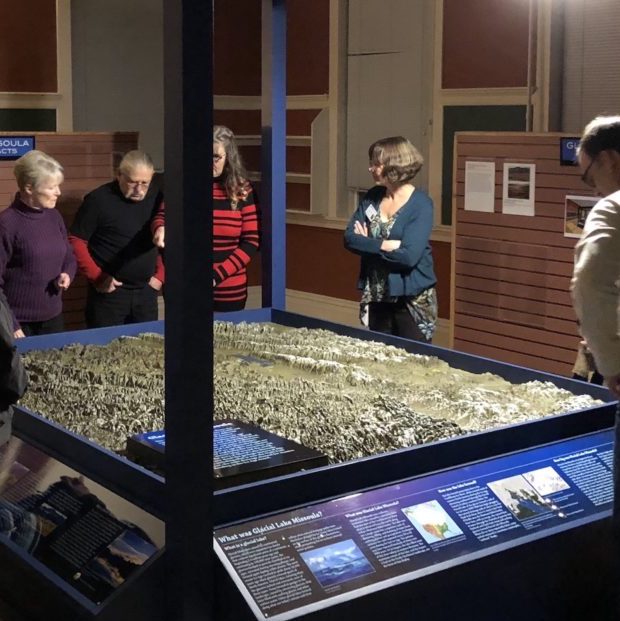
Glacial Lake
Missoula
From 13,000 to 15,000 years ago, Paradise and the entire Clark Fork River Valley were under a massive amount of water that stretched from an ice dam at the Idaho border to the Bitterroot Mountains – more than 500 cubic miles of water. In subsequent events, the ice dam failed and water rushed out carving the landscape in Northern Idaho and Eastern Washington. This exhibit, a stop on the Ice Age Floods National Geologic Trail, offers both visual, experiential, and text-based interpretive information.
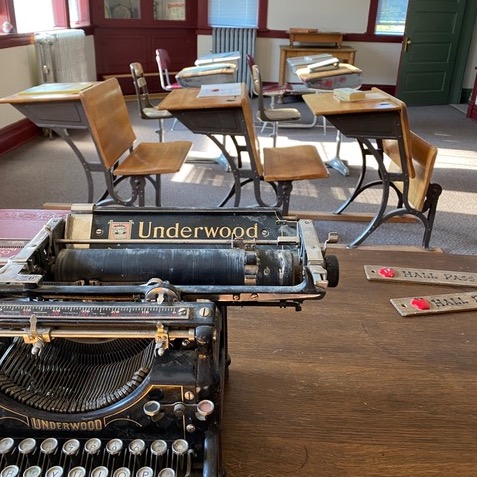
Historic
Classroom
The Paradise School operated from 1910 until 2013 when it closed due to a lack of students. Originally housing all grades, the school became an elementary school in 1928. At that time high school students took a train almost 30 miles to Thompson Falls where they stayed the week, returning home for weekends. A significant amount of school memorabilia is on display throughout the building, including academic and athletic trophies. The classroom itself features historic desks, books, maps and more.
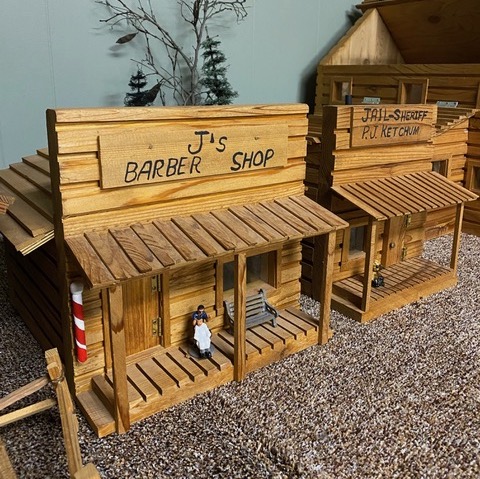
Old West
Town
This Old-West Town was hand-crafted by Harvey Gould of Dixon, Montana, just 26 miles from Paradise. Each of the 13 buildings has a hinged roof that opens the building so visitors can see the amazing details inside. This town is representative of most towns of the old West. Soon-to-be-added interpretative signage will compare this town to what existed in Paradise and surrounding communities in their heydays.
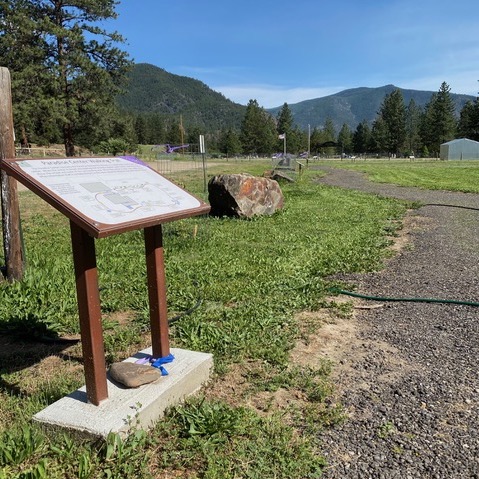
Walking
Trail
The walking trail is outside and accessible during daylight hours year-round. It has 15 interpretive panels, each explaining what a visitor can see on or from the property. The information on the trail does not replicate but complements the indoor exhibits with a unique real-world connection.
